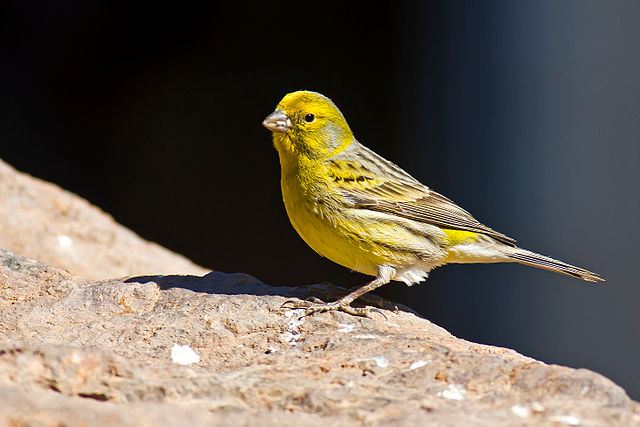Distinguishing features
The male has a largely yellow-green head and underparts with a yellower forehead, face and supercilium. The lower belly and undertail-coverts are whitish and there are some dark streaks on the sides. The upperparts are grey-green with dark streaks and the rump is dull yellow.
The female is similar to the male but duller with a greyer head and breast and less yellow underparts.
Juvenile birds are largely brown with dark streaks. (Wikipedia)
Size
- From 10 cm to 14 cm (Length of specimen)
Wingspan
- From 20 cm to 23 cm
Synonyms
Distribution
Distribution and habitat preferences
It occurs in a wide variety of habitats from pine and laurel forests to sand dunes. It is most common in semiopen areas with small trees such as orchards and copses. It frequently occurs in man-made habitats such as parks and gardens. It is found from sea-level up to at least 760 m in Madeira, 1,100 m in the Azores and to above 1,500 m in the Canary Islands. (Wikipedia)
Local abundance
- Australia: They are generally escaped from aviaries.
Diet
It typically feeds in flocks, foraging on the ground or amongst low vegetation. It mainly feeds on seeds such as those of weeds, grasses and figs. It also feeds on other plant material and small insects. (Wikipedia)
